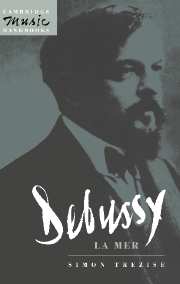Book contents
5 - Genre and style
Published online by Cambridge University Press: 02 December 2009
Summary
Genre
Composers in France and Belgium rising to the challenge of the great revival of orchestral and instrumental music in the last decades of the nineteenth century found their energies divided between programme music, whose main representative was Liszt (Strauss's symphonic poems were gradually appearing in Paris), and ‘absolute’ music represented by the symphony, sonata, and string quartet. Franck, a crucial figure in the renaissance, evinces this dualism, opting in a number of works for the Lisztian symphonic poem and in others for his distinctive adaptation of the symphony or symphonic chamber work. Few French or Belgian composers – the countries' musical cultures were closely related – accepted the symphony in its Beethovenian form: Franck's cyclic model was preferred, often in three movements; but the symphony was still the ultimate musical ideal, one that was supposed to make the greatest musical demands on both composer and audience.
In the decade of La mer, Vincent d'Indy, founder of the Schola Cantorum, composed two multi-movement works that show how one composer could migrate across the divide sketched above. His Second Symphony (composed in 1902–3 and first performed in 1904) pays homage to the ideals of absolute music; its four movements fairly groan under the cyclic principle as motifs are explored and developed, often at great length. Its virtual antithesis, Jour d'été à la montagne, followed one year later in 1905. D'Indy described this symphonic triptych in terms that recall aspects of La mer: ‘These are impressions of my mountain representing three periods of time, Aurora (a sunrise without clouds), Daytime (a reverie in a pine-wood, with songs coming from down below on the road) and Evening.’
- Type
- Chapter
- Information
- Debussy: La Mer , pp. 45 - 50Publisher: Cambridge University PressPrint publication year: 1995

